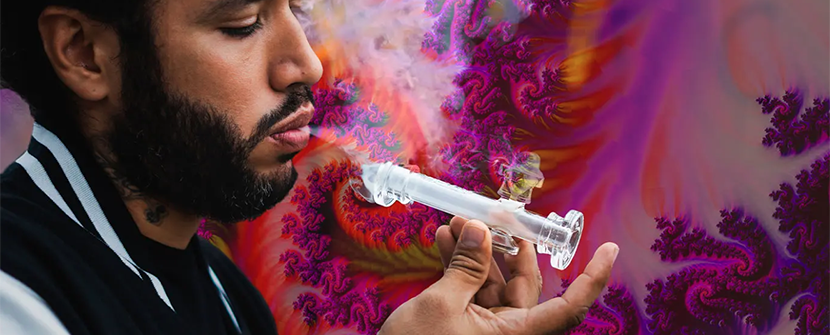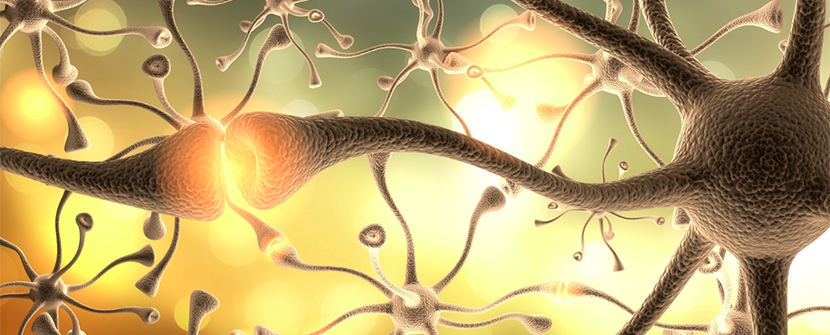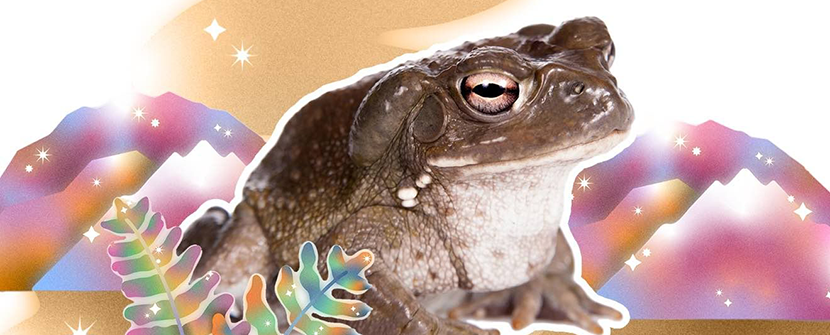The pineal gland is a small endocrine gland located in the center of the brain, responsible for the regulation of circadian rhythms and the secretion of melatonin. It has also been suggested that the pineal gland plays a role in spiritual experiences and altered states of consciousness, through the release of the psychoactive compound, dimethyltryptamine (DMT). Let’s explore the relationship between the pineal gland, DMT, and near-death experiences (NDEs), including research data on the topic.
Pineal Gland
The pineal gland has been referred to as the “third eye,” due to its location in the brain and its potential role in spiritual experiences. The small, pinecone-shaped gland is located in the center of the brain, between the two hemispheres. It is composed of pinealocytes, which are responsible for the production and secretion of melatonin, a hormone that regulates the sleep-wake cycle. The pineal gland also receives input from the retina, which helps to synchronize its activity with the natural light-dark cycle of the environment. However, the pineal gland has also been found to produce DMT, a powerful psychedelic compound.
DMT
Dimethyltryptamine (DMT) is a naturally occurring psychedelic compound found in many plants and animals, including humans. It is also synthesized in the human body, primarily in the lungs and liver. DMT is a potent hallucinogen that can induce intense visual and auditory hallucinations, altered perception of time and space, and a sense of oneness with the universe. It is often consumed as part of traditional spiritual practices, such as shamanism, and is sometimes referred to as the “spirit molecule.” Some researchers have hypothesized that the production of DMT in the pineal gland may be responsible for near-death experiences, which are often reported by individuals who have had a close brush with death.
NDEs
Near-death experiences (NDEs) are reported by many people who have been resuscitated after clinical death. They typically involve a sense of leaving the body, traveling through a tunnel or passageway, encountering deceased loved ones or spiritual beings, and experiencing a sense of peace, love, and unity. NDEs are often described as profound and transformative experiences that change people's attitudes toward life and death.
Relationship between Pineal Gland, DMT, and NDEs
The relationship between the pineal gland, DMT, and NDEs is a topic of ongoing research and debate. While there is evidence to suggest that the pineal gland may be involved in the endogenous production of DMT, the exact mechanism of synthesis and release is still unclear. Similarly, while there is evidence to suggest that DMT may be involved in NDEs, the exact relationship between the two is still not well understood.
One of the leading theories regarding the role of DMT in NDEs is the endogenous psychedelic theory. According to this theory, the pineal gland produces DMT during times of stress or trauma, such as during a near-death experience. This theory is based on the fact that the pineal gland has been shown to produce DMT in animal studies, and that DMT levels have been found to be elevated in the cerebrospinal fluid of people who have had NDEs.
Research Data
One of the most well-known studies exploring the relationship between DMT and NDEs was conducted by Dr. Rick Strassman in 2001. Strassman administered DMT to human volunteers and observed its effects on consciousness, hypothesizing that the pineal gland may be responsible for the endogenous production of DMT and that this may be responsible for mystical and spiritual experiences. While the study did not directly investigate the relationship between DMT and NDEs, many of the experiences reported by the participants shared similarities with NDEs, such as feelings of leaving the body and encountering otherworldly beings.
Recent research has also suggested that endogenous DMT may be involved in NDEs. A 2018 study published in Frontiers in Psychology found that patients who reported NDEs had significantly higher levels of DMT in their cerebrospinal fluid compared to control patients who did not report NDEs. While the study did not establish a causal relationship between DMT and NDEs, it suggests that there may be a link between the two.
Conclusion
The relationship between the pineal gland, DMT, and NDEs is complex and not yet fully understood. While there is evidence to suggest that the pineal gland may be involved in the endogenous production of DMT, the exact mechanism of synthesis and release is still unclear. Additionally, while some studies have suggested that DMT may play a role in NDEs, the exact relationship between the two is still not well understood. Further research is needed to fully understand the relationship between the pineal gland, DMT, and NDEs, and to determine the mechanisms by which endogenous DMT may be involved in these experiences. However, the growing body of research in this area suggests that the pineal gland and DMT may play important roles in our understanding of consciousness and the human experience.






